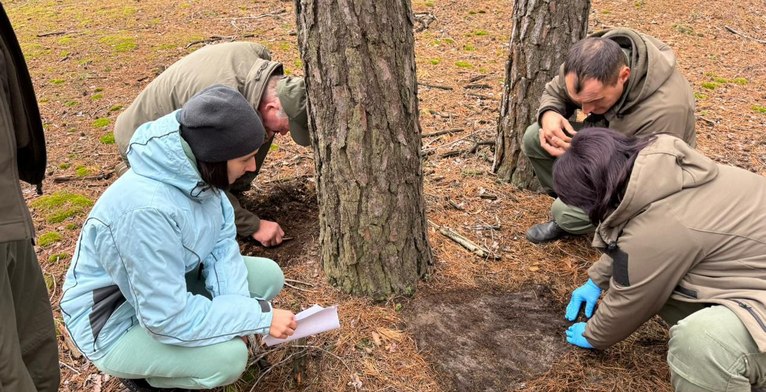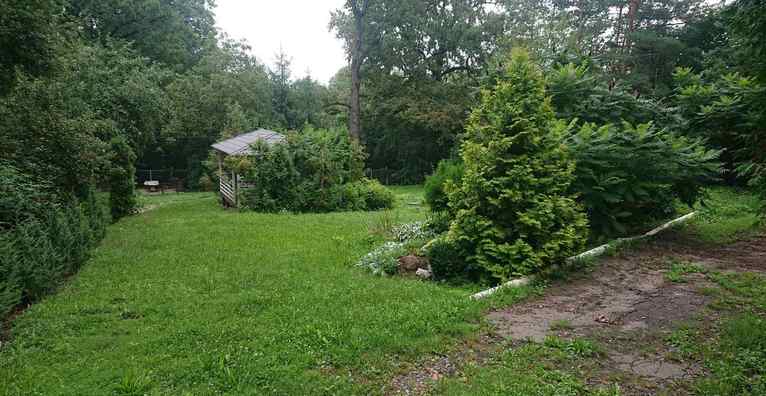Deadwood is an integral component of fully functional forest ecosystems. It supports forest productivity in regenerating young trees, serves as habitat and food source for numerous organisms, prevents soil erosion, and ensures long-term carbon storage, mitigating the effects of climate change. Despite its value, deadwood is rare in both Ukrainian forests and many European countries, and its removal poses one of the main threats to the survival of about one-third of forest species.
Increasing the amount of deadwood in production forests and ensuring natural dynamics in protected areas will make a significant contribution to maintaining climate-resilient forests and their biodiversity. Recognizing this as one of its primary objectives, WWF-Ukraine has presented the research "Best Practices in Deadwood Management".
Deadwood is not surplus but a vital element for the normal functioning of forest ecosystems. WWF calls on European governments, forest users, and timber industry representatives to take measures to preserve forest biodiversity, aiming to increase deadwood volume in boreal and temperate forests to 20-30 m3 per hectare by 2030.
Finding a balance between preserving deadwood as an important component of natural biodiversity and the socio-economic functions of forests is a complex challenge that requires developing detailed management plans considering the functional purpose of forest stands and types of forest growing conditions.
The research "Best Practices in Deadwood Management" examines sustainable deadwood management practices and addresses several key issues:
- Analysis of legislative norms that either facilitate or hinder leaving deadwood in forests of various categories, as well as in urban and suburban green areas of Ukraine.
- Study of legislation and deadwood management practices in Central and Eastern European countries.
- Review and proposals for improving legislative norms and practices regarding leaving or felling individual veteran trees.
- Recommendations for enhancing regulatory frameworks to improve deadwood management and promote biodiversity conservation.






